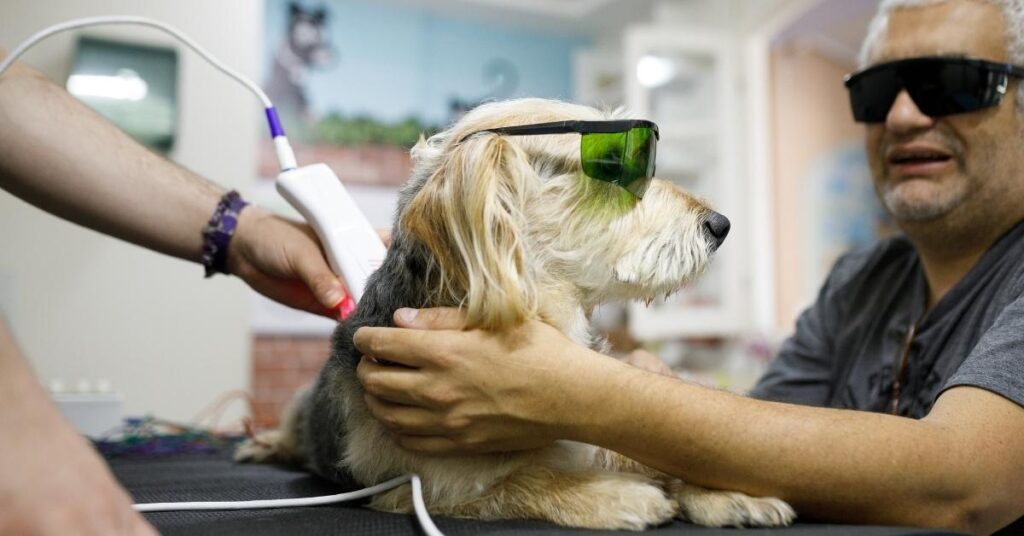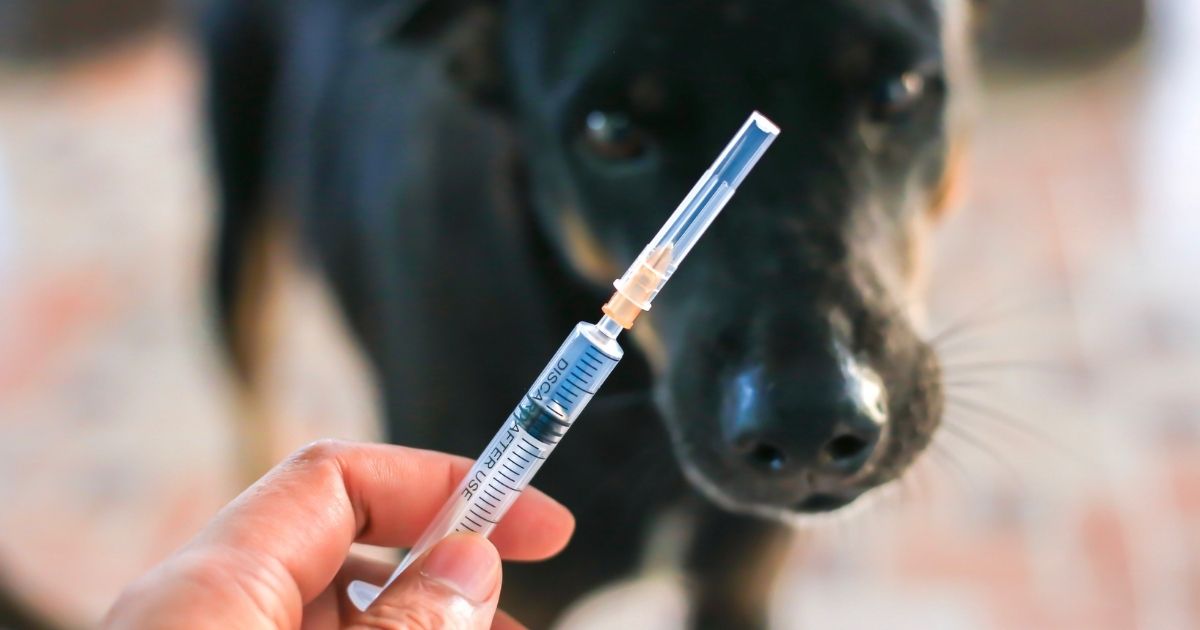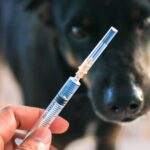Now Reading: Flea Collars for Dogs: Do They Really Work or Just Hype?
- 01
Flea Collars for Dogs: Do They Really Work or Just Hype?

Flea Collars for Dogs: Do They Really Work or Just Hype?
Okay, pet parent—let’s have a real talk. You’re sitting on your couch, your furry friend is scratching away like he’s playing a drum solo, and you’re this close to ordering something—anything—on Amazon to get those pesky fleas out of your life.

You type “flea collars for dogs” into the search bar and boom—pages of results pop up. But wait… are these collars even effective? Are they safe? Do they actually stop your dog from turning into a four-legged flea motel?
I know you’ve got questions. And right here, right now—we’re going to answer them all.
Also Read: Natural Flea and Tick Control for Dogs: 10 Best Homemade Solutions
What Are Flea Collars for Dogs and How Do They Work?
Let’s break it down. A flea collar for dogs is exactly what it sounds like—a collar worn around your pup’s neck that helps repel or kill fleas and ticks.
But how does it do that?
Well, most flea collars either:
- Release active ingredients slowly into your dog’s fur and skin (like a bug-repelling scent barrier), or
- Spread insecticides through the skin’s natural oils to kill fleas and ticks on contact.
Think of it as a little invisible armor that travels with your dog wherever they go.
Do Flea Collars Actually Work?
The million-dollar question: Do flea collars work?
Short answer: Yes—but it depends.
High-quality collars like the Seresto collar are vet-recommended and backed by science. They can provide up to 8 months of protection and are effective against both fleas and ticks.
However, cheap collars? Total disappointment. Most budget flea collars just repel fleas around the neck area but don’t provide full-body protection.
If you’re going to use a flea collar for dogs, go for a trusted brand. Don’t gamble with your pup’s health.
Must Read: Do long hair Dachshunds shed alot? An Overview
Are Flea Collars Safe for Dogs?
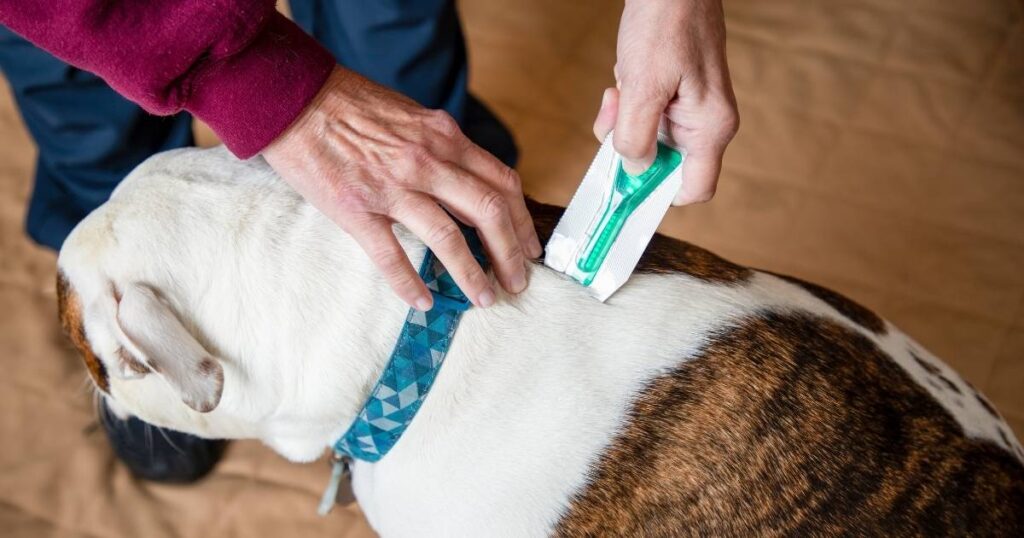
Great question—especially if you’re a first-time dog parent or your pup has sensitive skin.
Most flea collars for dogs are safe if used correctly. But here’s the catch:
- Always choose the right size based on your dog’s weight.
- Follow instructions—don’t cut corners.
- Avoid collars with harsh chemicals if your dog has allergies or is very young.
The Seresto large dog collar, for example, is specifically made for bigger breeds and spreads its active ingredients evenly without being harsh.
If you’re still unsure, ask your vet whether a collar is a good fit for your dog’s skin and lifestyle.
Are Flea Collars Bad for Dogs?
Here’s the truth bomb —not all flea collars are created equal.
Some older, low-cost flea collars contain organophosphates, a class of chemicals that may cause skin irritation, vomiting, or worse.
That’s why many vets and pet parents are switching to natural flea collars for dogs. These are made with essential oils like cedarwood, citronella, or peppermint, and while they may not last as long, they’re a gentler option—especially for puppies or sensitive dogs.
In short: flea collars aren’t bad in general, but bad flea collars definitely are.
The Best Flea Collar for Puppies (Yes, Even the Tiny Ones)
Puppies are cute—but they’re also vulnerable.
That’s why you should never just slap on any collar. Look for collars that are specifically labeled as safe for puppies, usually starting at 7-8 weeks old.
One of the best flea collars for puppies is the Seresto Puppy Collar. It’s designed for young dogs, has low chemical exposure, and still packs flea-killing power.
For natural alternatives, try essential oil-based collars like Vet’s Best. Just make sure the essential oils used are safe for dogs (not all are!).
Why We Recommend the Seresto Collar

By now, you’ve probably heard of the Seresto collar, and for good reason.
- Lasts up to 8 months
- Kills fleas and ticks within 24 hours
- Water-resistant (yep, your pup can still roll in puddles)
- Odorless and non-greasy
Whether you’re looking for a Seresto large dog collar or one for small dogs and puppies, it’s a solid pick that gives you peace of mind.
Natural Flea Collars: Do They Work?
If you’re the crunchy, eco-loving kind of pet parent—natural flea collars for dogs might be right up your alley.
These collars use herbal oils like eucalyptus, peppermint, and clove to repel fleas naturally. They’re great for dogs with sensitive skin, but heads up—they don’t kill fleas, just repel them.
Also, they need to be replaced more often—usually every 3-4 months instead of 8.
Still, if your dog isn’t dealing with a full-blown flea infestation and you want to play it safe, natural collars are a gentle, chemical-free alternative.
Quick Tips for Using a Flea Collar Safely
To wrap it all up, here are some golden rules:
- Always read the label and get the right size
- Keep an eye out for allergic reactions (itching, redness, excessive drooling)
- Don’t combine multiple flea treatments unless your vet says it’s okay
- Replace the collar as soon as its time runs out
- Store extra collars away from kids and food
Final Thoughts: Should You Try a Flea Collar?
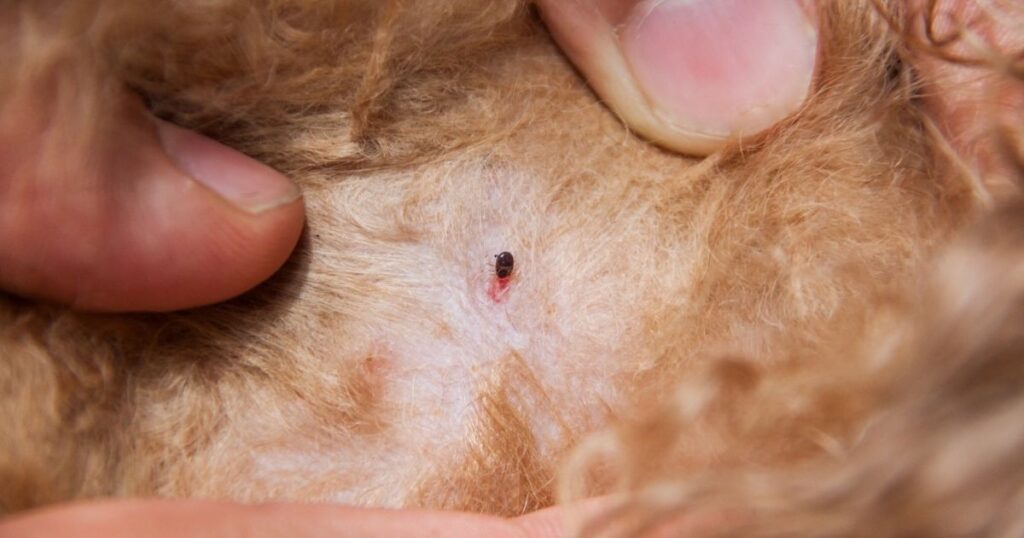
If you’re tired of chasing fleas with sprays, pills, and prayers—a flea collar for dogs might just be your new best friend.
They’re low-maintenance, long-lasting, and effective—as long as you pick the right one.
Our go-to recommendation? The Seresto collar. Reliable, safe, and vet-approved.
Want a natural route? There are great herbal options too.
Just remember: every dog is different. Your Labrador might do great with a long-lasting collar, while your little Chihuahua needs a gentler, puppy-safe version.
Trust your gut. Ask your vet. And give your dog the flea-free life they deserve.
FAQs
Yes, especially vet-recommended brands like Seresto. They’re proven to kill and repel fleas and ticks.
Most are, when used correctly. Avoid collars with harsh chemicals and always read labels.
Yes—but only those labeled safe for puppies (usually 7 weeks and older).
The Seresto large dog collar is highly recommended for bigger breeds.
They repel (not kill) fleas and ticks using essential oils. Ideal for mild cases or chemical-sensitive dogs.

